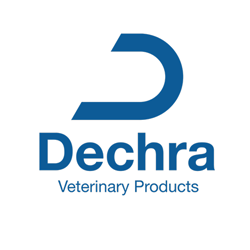Nutrition and Weight Management
All Life Stages
In the wild, cats are exclusively solitary hunters and often will predate animals of much smaller bodymass than their own. This requires them to hunt and feed several times during the day.82 Because of evolutionary changes, the domestic cat has lost key metabolic enzymes, and this has resulted in very narrowly defined nutritional requirements.83 All cats require protein, which is composed of 23 different amino acids; 11 are considered essential for the cat. Deficiencies in any essential nutrients could result in health problems.83 No matter the life stage, to help avoid potential nutrient insufficiencies, cats should be fed diets labeled with an Association of American Feed Control Officials statement of nutritional adequacy. AAHA and the AAFP do not advocate or endorse feeding cats any raw or dehydrated non-sterilized foods, including treats that are of animal origin.84
In order to make a nutritional recommendation, the practice team can assess nutritional status based on age, reproductive status, BCS, MCS, activity level, presence of disease, and future health concerns for the individual cat.85 A diet is selected to best meet the nutritional needs of the patient, and a specific feeding plan is then developed. Clinical discretion is applied to allow gradual transitioning to the new diet over 7–10 days.85
Boehringer Ingelheim Animal Health USA Inc., CareCredit, Dechra Veterinary Products, Hill's Pet Nutrition, Inc., IDEXX Laboratories, Inc., Merck Animal Health, and Zoetis Petcare supported the development of the 2021 AAHA/AAFP Feline Life Stage Guidelines and resources through an educational grant to AAHA










